| Crossed Histories - Manar Zuabi, Efrat Natan, Yael Bartana, Imagined Reality, Haifa City Museum, 2007 (curator, catalogue) | | | "History is a natural selection. Mutant versions of the past struggle for dominance; new species of fact arise, and old saurian truths go the wall, blindfolded and smoking last cigarettes. Only the mutations of the strong survive. The weak, the anonymous, the defeated leave few marks... History loves only those who dominate her: it is a relationship of mutual enslavement" (Rushdie 1983, 133-134).
| | | | Abstract | | | The first cluster of exhibitions at the Haifa City Museum [*] Crossed Histories contains four
exhibitions - the exhibition Imagined Reality, and three one-man shows by female artists Efrat Natan, Yael Bartana and Manar Zuabi. The cluster discusses on one hand how the history of the country – including Haifa – was first written through the prism of photography (Imagined Reality). It deals with the way foreign photographers [1] photographed the country at the end of the 19th century – and beginning of the 20th century – and how western colonialism left its mark in a variety of areas. The cluster shows how for many years the visual historiography of the country and its inhabitants remained loyal to the western-colonialist view and reflected the imperialistic aspirations of the West in the region. On the other hand, the cluster of exhibitions also deals with the unique way female artists of the country related to the official writing of local history and its colonialist characteristics. The work of these female artists embodies the fact that history (his-story) was written by men and they offer alternatives to its writing (her-story) [2].
Efrat Natan, to a large degree, criticizes the ways in which the Zionist idea is shaped and implemented. Her work describes her memories as a child on Kibbutz Kfar Rupin, observing, from the side, the reaping of the harvest, the swing of the sickle, and the physical conquest of the land by male hands. Natan grew up together with the young state but was not able to participate actively in realizing the ideals that stirred the imagination of the “new Israeli,” successor to “the new Jew” [3], and to be part of the collective that influenced and shaped them [4]. Her work deals with colonial aspects of Zionist settlement and can hint at the colonialist Templer settlers, who brought the sickle to Palestine.
Yael Bartana, in Summer Camp, criticizes the way ruling establishment mechanisms shaped enlisted and not critical forms of thinking, which for the most part continues to this day. Bartana photographed the actions of a group of activists assisting Palestinians in the village of Anata to build houses destroyed by the I.D.F. In fact, the film deals with the current cloudy reality of the Israeli–Palestinian conflict, but Bartana makes considered use of Zionist propaganda films, produced by the “state in the making” in the decades preceding the establishment of the state. The sound track is taken from the film Work (1934) written by Paul Dessau and directed by Helmer Lerski [5], which describes the vision of building the country through a Zionist filter, while denying the life of the Palestinian inhabitants. The aggressive sound, which accompanies the images of the rebuilding of houses destroyed by the Israeli army, floods the memory with images of Hebrew construction that appear in Work. Bartana crosscuts between descriptions of the current history of the inhabitants of the Palestinian village under the administrative control of the government and the Israeli army, and the visual history of Zionist propaganda. She weaves threads of dependency between them and indicates the place where the conflict first took form.
Manar Zuabi deals with different influences and aspects of setting borders, territorial marking and geographical divisions in areas of conflict. She alludes to the 1948 war and events that followed in its aftermath, at the time when Palestinian residents of Haifa lost their homes and those who remained were concentrated in the neighborhood of Wadi Nisnas. Through the use of feminine materials she deconstructs masculinity, defines divisions, and builds abstract territories.
The Haifa City Museum is a challenging home for discussing these subjects due to Haifa’s unique history. The different chapters of this history, which include colonial Templer settlement in the 19th century, British colonial interests in the city port, dramatic changes that took place in Haifa in the 20th century (accelerated development at the beginning of the 20th century versus the crisis of 1948), and the extreme demographic and urban transformation generated as a result, brought about its reversal from a “mixed” city to a “Hebrew” city.
| | | | Notes | | | 1. In the exhibition photographs of the American Colony Photographers. Notwithstanding their European origins and close connection to Europe, their work is somewhat distinct from the work of the other foreign photographers in the exhibition as will be clarified later.
2. The term Her-Story developed at the end of the 1960’s of the 20th century as part of feminist criticism of conventional male historiography (his-story). Its essence was writing history from the viewpoint of women and an alternative to the dominance of the male canon. Thus, for example, Casey Miller and Kate Swift wrote: “ When women in the movement (i.e. the feminist movement, r.s.) use herstory, their purpose is to emphasize that women's lives, deeds, and participation in human affairs have been neglected or undervalued in standard histories" (Miller & Swift 1976, 135)
3. Zionist propaganda that operated largely according to the soviet-socialist model marketed an equal image of women and men and idealized it. This image although far from reality, seen as a truthful description of gender life in Eretz– Israel and the State of Israel, was fixed in the consciousness of the country and abroad and gave Israeli society a progressive image. Many female researchers dealt with the subject, among them Lesley Hazelton, who claims that women adopted this image and were proud of it, even if deep in their hearts they understood the absence of equality. "Their attitude is one of suspended disbelief, making them willing victims of an empty but soothing ideology. Surrendering their real identity to the 'cover identity' ascribed them by ideology, they move in a male world of reality in the false guise of equals" (Hazelton 1977, 22)
4. For the way women were excluded from the centers of national power see Cusack & Bhreathnach - Lynch, 2003 and McClintock, Mufti, & Shohat 1997. In contrast, Yuval-Davis claims that women had a decisive role in producing nations from a biological, cultural and symbolic point of view, however their place is missing from academic writings on nationalism (Yuval-Davis 1997).
5. Lerski directed many films for the Information Departments of the established institutions and he had an important role in shaping Zionist propaganda, as will be shown later. | | |
| | | | For the full text see the exhibition catalogue | | |
* The new exhibition policy I established at Haifa City Museum highlighted a number of primary objectives. The first was to focus on the uniqueness of Haifa as a multi-national and cultural city. The museum wished to relate the diverse histories and stories of the different populations of the city and to make the museum their home. Until my arrival, the museum concentrated mainly on the Zionist narrative, and I asked to reveal the different narratives, including the Palestinian narrative, hidden within the fabric of the city’s life.
The second goal was to discuss the different events that took place in the city – sociopolitical, and those connected to the Israeli-Palestinian conflict – and the ensuing demographic and geographic changes that occurred. This discussion asked to raise questions central to Israeli society. The third goal was to examine Haifa’s place as a city that led formative processes and social and political changes in Israel.
| | | | On the circumstances that led to my departure | | |
| | | | 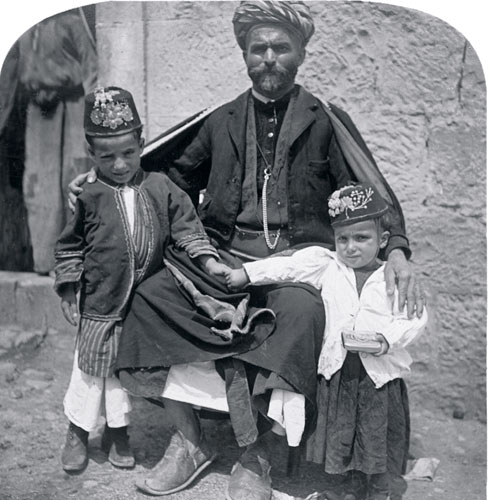 | | Keystone View Company, Father and Children, Ramallah, Courtesy Dan Kyram | | | 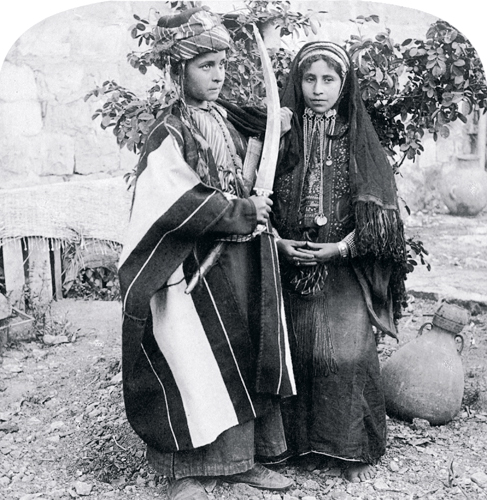 | | Underwood & Underwood, The Sword Ceremony, 1900, Courtesy Dan Kyram | | | 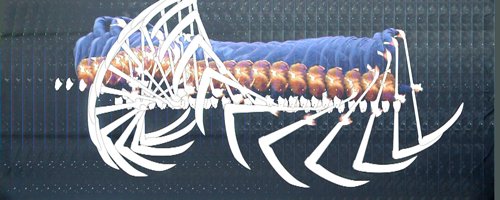 | | Efrat Natan, Striding and Reaping, 2007, computer sample, Courtesy of the artist and Rosenfeld Gallery | | | 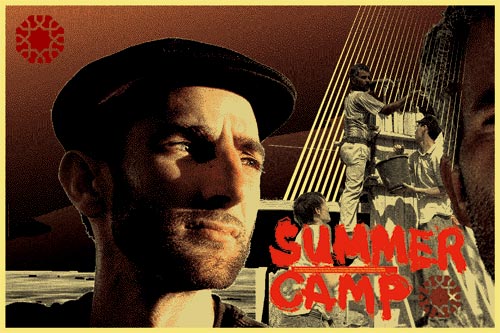 | | Yael Bartana, Summer Camp, 2007, Courtesy of the artist and Zommer Gallery | | | ![helmar lerski, from awodah [work], 1934, film, courtesy of oded brosh](http://www.ronasela.com/_BackOffice/ContentImages/en/Q482110.jpg) | | Helmar Lerski, from Awodah [Work], 1934, Film, Courtesy of Oded Brosh | | | 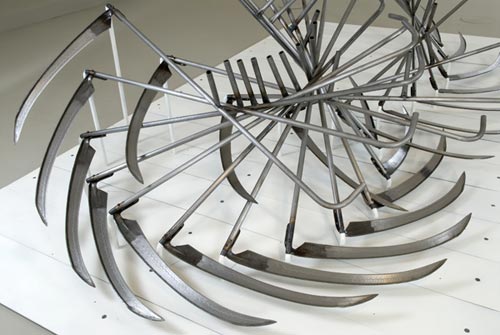 | | Efrat Natan, Striding and Reaping, 2007, Courtesy of the artists and Rosenfeld Gallery | | | 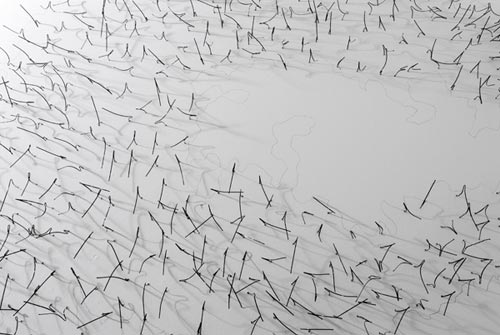 | | Manar Zuabi, Without, 2007, Courtesy of the artist | | |
|
|
| |
|
|
|